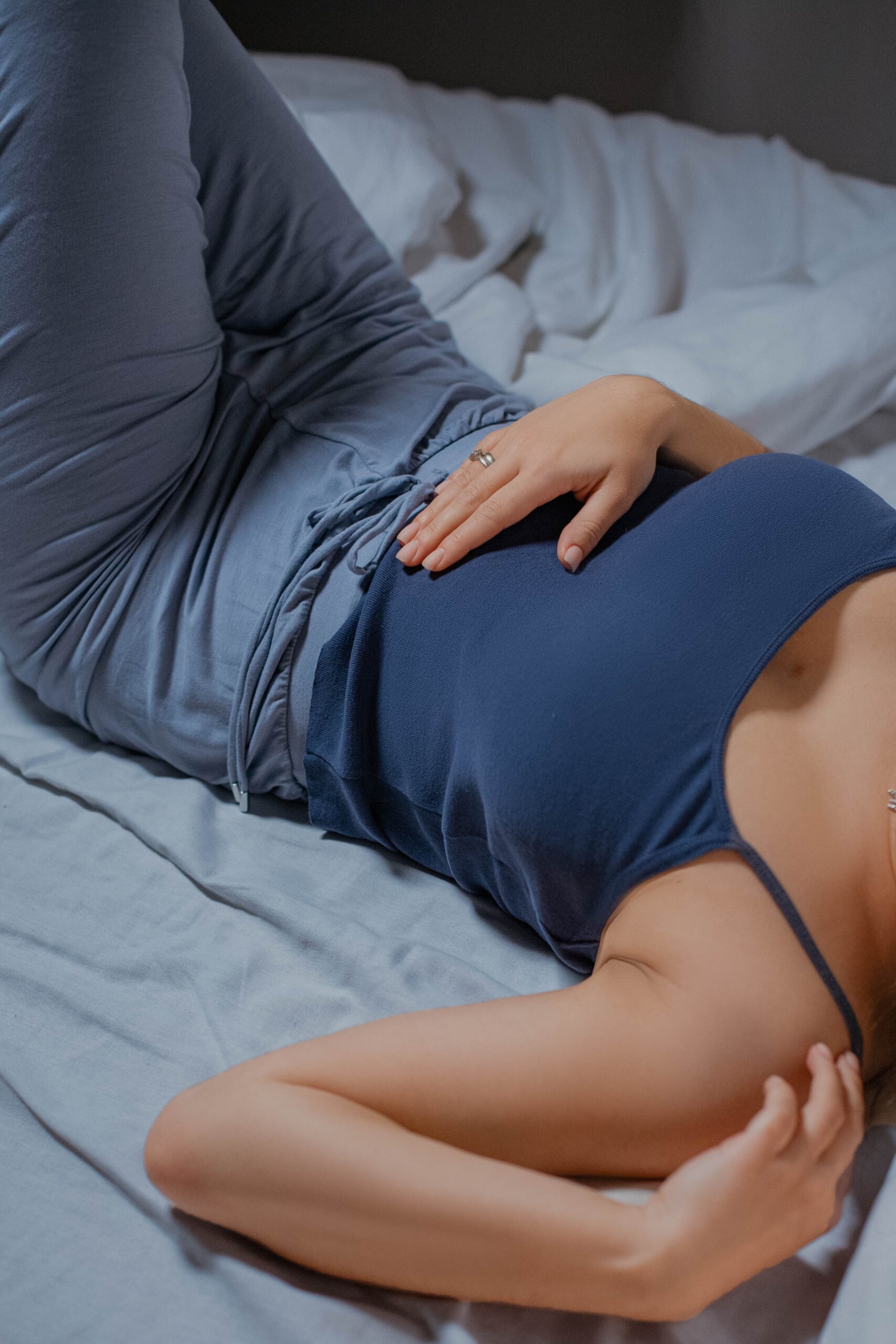A holistic approach to relaxation and stress relief
Is it me, or does it seem there is an uptick of Melatonin use? I feel like it’s on the rise, and there are more and more people who are having issues not only relaxing, but falling and staying asleep. Progressive Muscle Relaxation is a great alternative!
Progressive Muscle Relaxation (PMR) is a simple yet powerful technique that can help individuals manage stress, promote relaxation, and enhance overall well-being. Here’s a comprehensive overview of PMR, including what it is, how to practice it, who can benefit from it, its potential applications, and the results one can expect from incorporating it into their wellness routine.
Understanding Progressive Muscle Relaxation
Progressive Muscle Relaxation is a stress management technique developed by Edmund Jacobson in the early 20th century. It involves a systematic process of tensing and releasing different muscle groups in the body to induce a deep state of relaxation.
The underlying principle behind PMR is that by consciously tensing and then relaxing specific muscle groups, the body can learn to differentiate between states of tension and relaxation. With practice, individuals can develop greater awareness of their body’s physiological responses and gain control over stress-induced muscular tension.
How to Practice Progressive Muscle Relaxation
To begin a session of PMR, find a comfortable and quiet space where you can relax without interruption.
Follow these steps:
a. Starting from the top of your head, progressively tense and then relax each muscle group in your body. Begin with your forehead, then move to your eyes, jaw, neck, shoulders, arms, hands, chest, abdomen, buttocks, thighs, calves, and feet. Spend approximately 5-10 seconds tensing each muscle group and then release the tension while focusing on the sensation of relaxation.
b. Pay close attention to the contrast between tension and relaxation. Visualize the tension melting away as you release each muscle group. Breathe deeply and exhale slowly during the release phase to deepen the relaxation response.
c. Move through each muscle group systematically, ensuring that you do not rush or skip any areas. Take your time to fully experience the relaxation in each muscle group before proceeding to the next one.
d. Repeat the process for the entire body or focus on specific areas that hold tension.
Who Can Benefit from Progressive Muscle Relaxation
PMR is a versatile technique that can benefit a wide range of individuals. It’s particularly useful for those experiencing high levels of stress, anxiety, or tension-related conditions. The technique can be used by people of all ages and physical abilities, making it an accessible relaxation tool for many.
Individuals who may find PMR beneficial include:
- Students facing exam stress or performance anxiety.
- Working professionals dealing with occupational stress and long hours.
- Individuals with anxiety disorders, such as generalized anxiety disorder or panic disorder.
- People with chronic pain conditions, including tension headaches, fibromyalgia, or temporomandibular joint disorder (TMJ).
- Insomnia sufferers looking for a natural method to induce relaxation and improve sleep quality.
- Those seeking to enhance their overall well-being and cultivate a sense of calm and mindfulness.
Applications and Benefits of Progressive Muscle Relaxation
Progressive Muscle Relaxation offers numerous benefits and applications beyond stress management.
Some of the key benefits include:
a. Stress Reduction: By systematically relaxing muscle groups, PMR helps release tension and reduce stress levels. This technique activates the body’s natural relaxation response, leading to a sense of calm and tranquility.
b. Anxiety Management: PMR can be an effective tool for managing anxiety symptoms. Regular practice helps individuals develop a greater sense of control over their body’s physiological responses to stress, reducing anxiety levels and promoting emotional well-being.
c. Pain Relief: PMR has been found to alleviate both acute and chronic pain conditions. By relaxing muscle tension, it can reduce physical discomfort associated with muscle spasms, headaches, and other pain-related conditions.
d. Sleep Improvement: Practicing PMR before bed can promote a deep state of relaxation, helping individuals unwind and prepare for a restful night’s sleep. It can be especially beneficial for those experiencing insomnia or sleep disturbances.
e. Mind-Body Connection: PMR cultivates a heightened sense of body awareness and mindfulness. Through the deliberate focus on muscle tension and relaxation, individuals develop a stronger mind-body connection, leading to increased self-awareness and overall well-being.
f. Emotional Regulation: PMR can aid in emotional regulation by providing a healthy outlet for stress and tension. It helps individuals recognize the physical manifestations of stress and learn to manage them effectively, leading to improved emotional resilience.
Results and Expectations
The results of PMR practice may vary from person to person. However, with consistent and dedicated practice, individuals can expect the following outcomes:
a. Reduced Muscle Tension: Regular PMR practice helps release accumulated muscle tension, leading to increased physical relaxation and comfort.
b. Enhanced Relaxation Skills: Through repeated practice, individuals become more adept at entering a state of deep relaxation, allowing them to better cope with stressful situations.
c. Improved Sleep Quality: By incorporating PMR into bedtime routines, individuals often experience improved sleep quality and increased ease in falling asleep.
d. Lowered Stress and Anxiety Levels: PMR promotes the body’s natural relaxation response, leading to reduced stress and anxiety levels over time.
e. Increased Mindfulness and Self-Awareness: The practice of PMR enhances body awareness and mindfulness, allowing individuals to develop a deeper understanding of their physical and emotional states.
Progressive Muscle Relaxation is a powerful technique that offers a holistic approach to relaxation and stress relief. By systematically releasing muscle tension, individuals can experience reduced stress, improved well-being, and enhanced overall quality of life.
Whether you are a student, professional, or anyone seeking relaxation and self-care, incorporating PMR into your wellness routine can be highly beneficial. With regular practice, the benefits of PMR extend beyond the immediate relaxation period, positively impacting various aspects of physical, mental, and emotional well-being.
Try a session before bed and tell me what you think!
